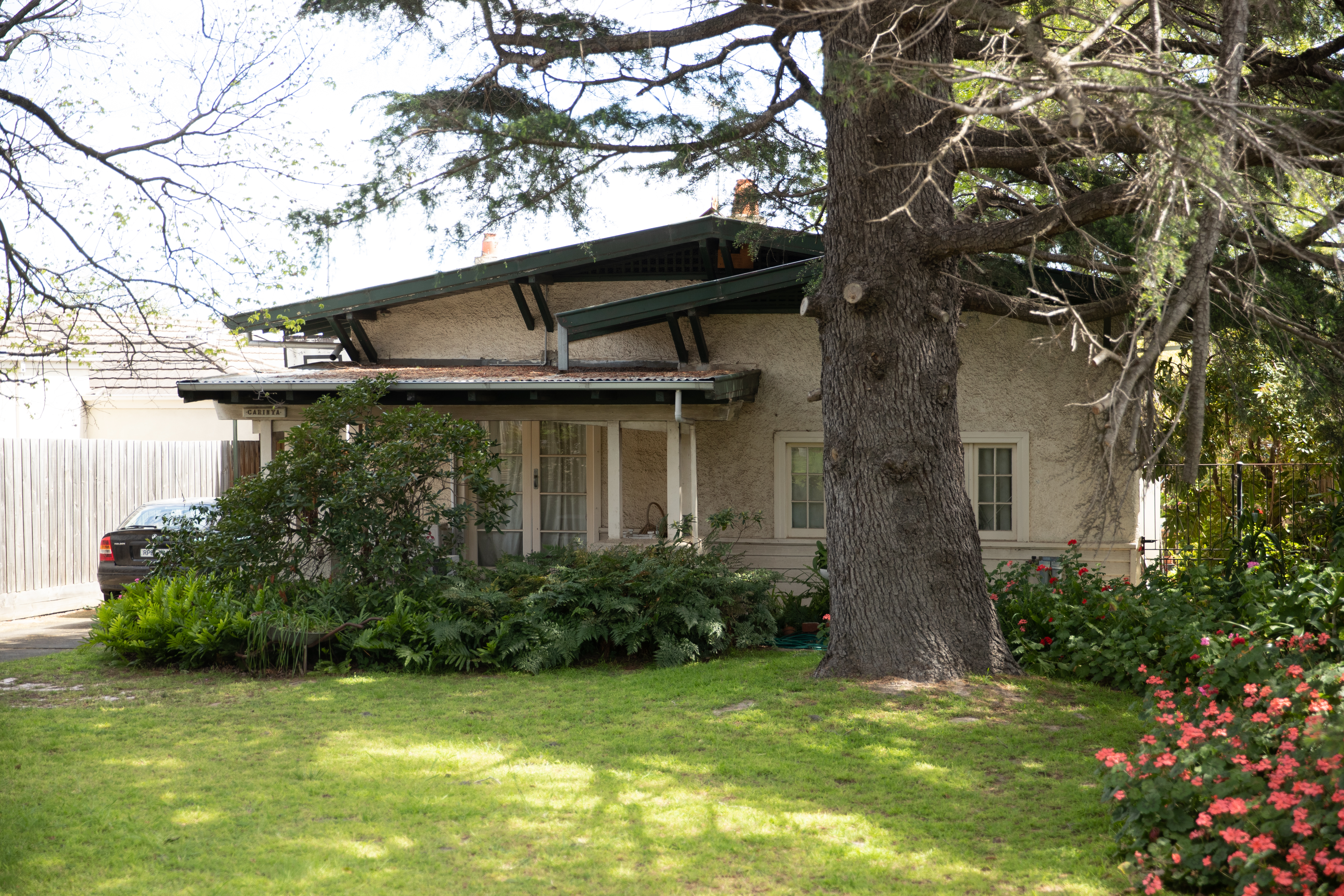Case study: Municipal-Wide Heritage Gap Study
Our Municipal-Wide Heritage Gap Study aims to protect valued heritage places and precincts by including them in a Heritage Overlay. Including places in a Heritage Overlay means they need a planning permit from us if property owners wish to demolish, alter, add, or erect new buildings.
This suburb Gap Study aimed to identify and protect places and precincts of heritage value and help retain the local identity of Glen Iris.
In line with the Heritage Action Plan, we engaged a qualified heritage expert to conduct the review.
After an extensive review process and community consultation, the project is now in its final stage. We have requested final approval from the Minister for Planning to protect 15 Glen Iris properties and 3 heritage precincts by permanently adding them to the Heritage Overlay.
Protecting places of aesthetic, social or historical value is incredibly important to Boroondara - both now and into the future.

Theme 4 performance
Below is a breakdown of the strategic indicators, progress of initiatives and other service performance indicators for this theme. You can find out more detail about these indicators and previous year’s results in the full report.
You can also read through our continuous improvement initiatives, community engagement, and benchmarking activities for this theme in the full report.
Strategic indicators
In many cases our strategic indicators saw either consistent or improved results in FY2021-22. The strategic indicators that met or exceeded the forecasts include the following.
Number of heritage planning scheme amendments considered by Council:
12 amendments
Average number of days to process a planning application:
39 days
Percentage of Council planning decisions upheld, and decisions successfully mediated at VCAT
71%
Percentage of ‘demolition consents’ under section 29A of the Building Act by Building Services checked within 15 business days
100%
Progress of initiatives in the Budget
All initiatives for this theme aside from one were completed in the FY2021-22. This includes:
-
protecting the City’s heritage by completing the Municipal Wide Heritage Gap Study
- advocating to the State Government to change the threshold for the application of Heritage Overlays
- conducting audits of Essential Safety Measures (fire safety audits) in buildings containing combustible cladding when referred by the Victorian Building Authority and taking appropriate enforcement action.
We also completed the major initiative of developing an Environmentally Sustainable Design Policy, and establishing a dedicated Environmental Sustainable Design Officer role.
The remaining initiative was to prepare an updated Heritage Action Plan to guide our future work program for heritage protection and advocacy. This initiative has commenced and is 10% complete due to resources being prioritised for community heritage nominations and completion of the Heritage Gap Studies this financial year. The Heritage Action Plan will recommence in FY2022-23.
Other service performance indicators
The following other service performance indicators and measures are based on the FY2021-22, unless stated otherwise. You can find out more detail including how these indicator results were calculated in the full report.
Statutory Planning
Cost of statutory planning service
FY2021-22: $3,617 per planning application received
FY2020-21: $3,603 per planning application received
Council planning decisions upheld at VCAT
FY2021-22: 53%
FY2020-21: 55%
Time taken to decide planning applications
FY2021-22: 81 days
FY2020-21: 98 days
Planning applications decided within required timeframes
FY2021-22: 59%
FY2020-21: 83%
This declined significantly due to limited staffing, combined with the impacts of COVID-19 leave. Timeframes improved between April to June 2022, and are projected to return to desirable levels in the coming year.